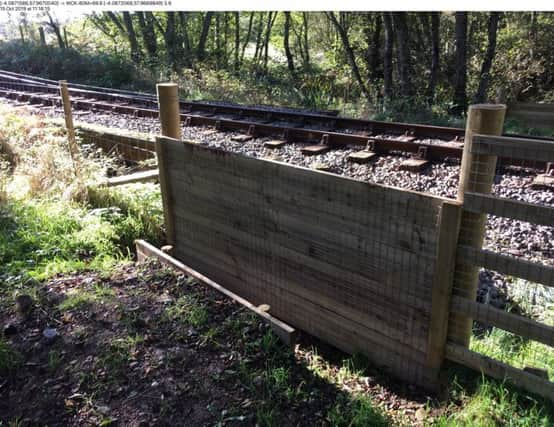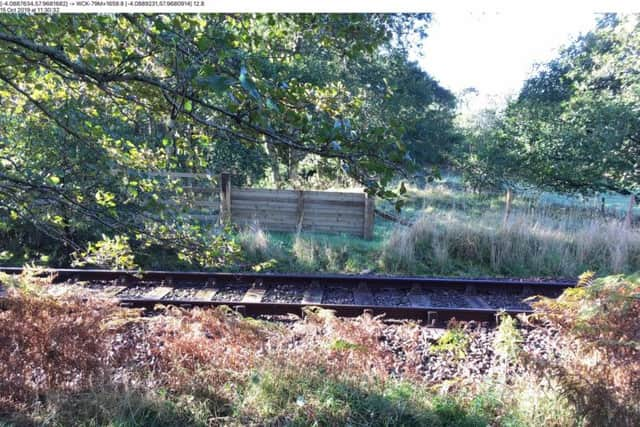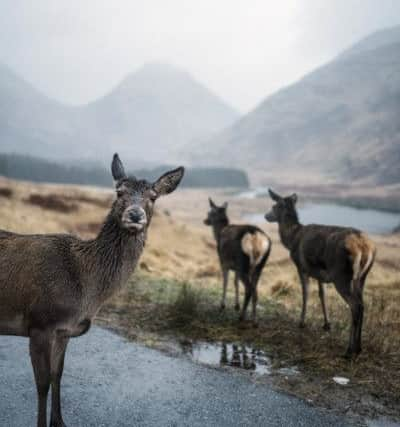Baby deer offered escape from train crash danger with lowered fences


Sections of lineside fencing are being lowered to enable the fawns and their mothers to leap out of danger.
It comes after Network Rail Scotland found mothers were reluctant to leave their young if the fawns could not jump fences, leaving them both in danger.
Advertisement
Hide AdAdvertisement
Hide AdTwo experimental “deer leaps” have been created where deer are known to cross the line on the Inverness to Thurso route.


Ground has been raised on the railway side of the fence to reduce its height by one quarter from 1.3m to 1m.
At the same time, ground on the outside of the fence has been lowered to deter deer from jumping onto the track.
Network Rail hopes the move will cut the number of deer struck by trains.
There are around 100 such incidents a year, which account for one in three animals hit on the network.


Deer are less likely to derail a train than cattle because they are lighter, but they
can cause significant damage to trains.
Deer can get onto the track at stations, level crossing and gaps in fencing, but younger animals can find themselves unable to find a way out.
Collisions are most likely to happen on rural routes, including the Highland main line between Perth and Inverness, and those in the west Highlands and north of Inverness.
Advertisement
Hide AdAdvertisement
Hide AdThe first “deer leaps” have been built at Morvich and Altnabreac on the Far North Line. Red deer at Morvich come off the hillside between March and May to have their calves.
Further locations are planned, which are being discussed with landowners and nearby residents.
A Network Rail spokesperson said: “We are always looking for ways to improve how we manage the railway to reduce delays and improve safety.
“The installation of deer leaps is just one example of how we are changing our infrastructure to help improve the service we provide and better protect the environment.”
Scottish SPCA superintendent Sharon Comrie said: “We are supportive of any measure that allows wildlife to move freely between areas.
“A fawn and mother will rarely separate, and should a fawn get stuck the mother will not leave it, putting them both at risk.
“We hope this improvement will allow young deer to be able to get over the fences and reduce the number of potential accidents involving deer.”
John Bruce, chairman of the British Deer Society’s Scottish council, said: “Network Rail are to be commended for their initiatives to reduce collisions with animals. The deer leaps described should help deer to escape from the track.
Advertisement
Hide AdAdvertisement
Hide Ad“Any such measures are to be encouraged as it is inevitable that animals gain access to the track when a fence is breached by a falling tree, a river spate, rockslide or when dug under, so building planned escape places is a better strategy than ignoring the issue.
“We are already in discussions about fence design and requirements on certain other routes.”
Donald Fraser, operations manager for government agency Scottish Natural Heritage, said: “We’ve been working with Network Rail and land managers to find a way forward, and welcome this collaborative approach.
“These new measures will both safeguard young deer and public safety on the rail network, while ensuring deer will still be able to move from one area to another for shelter or to feed.”